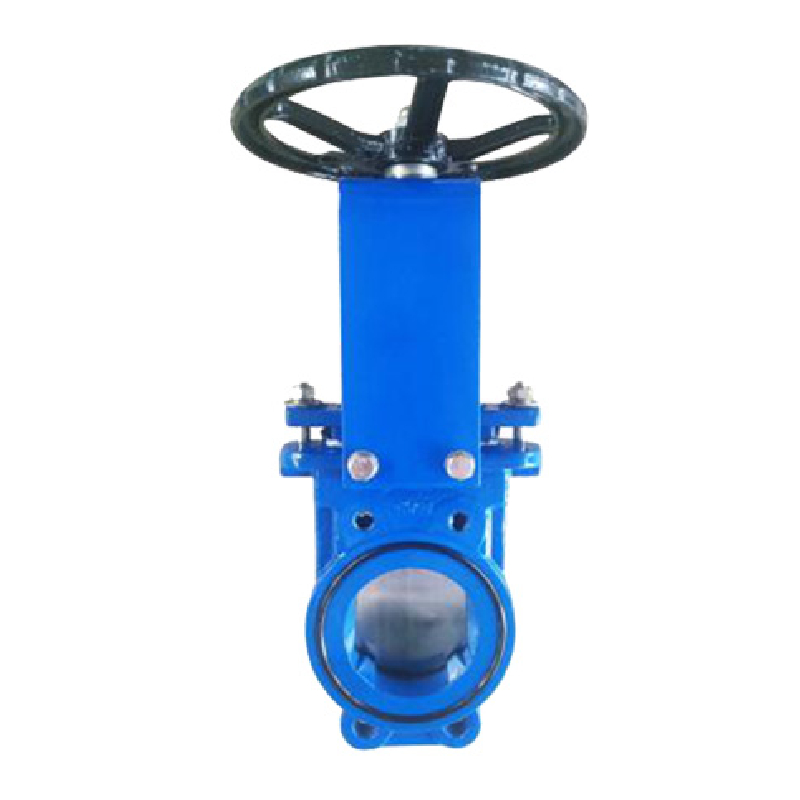Oct . 31, 2024 03:47 Back to list
rubber expansion joint flange type
Understanding Rubber Expansion Joint Flange Types
Rubber expansion joints are essential components in various industrial applications, designed to absorb thermal expansion, vibrations, and misalignments in piping systems. Among the various configurations available, flange types are particularly popular for their ease of installation and versatility. This article delves into the significance of rubber expansion joints with flange types, their advantages, and key considerations when selecting them for specific applications.
Rubber expansion joints are made from durable elastomers that can withstand not only vibrational stress but also extreme temperature and pressure variations. The flange type denotes the integration of flanges on either side of the joint, allowing easy connection to existing piping systems. Flanged joints are crafted to meet industry standards, ensuring compatibility with a wide range of flange sizes and configurations.
One of the primary advantages of rubber expansion joints with flanges is their ability to compensate for thermal expansion and contraction in piping systems. As temperatures fluctuate, materials expand and contract, which can lead to stress and potential damage to hard piping. Rubber expansion joints absorb these movements, thus extending the life of the piping infrastructure and reducing the need for costly repairs.
rubber expansion joint flange type

Furthermore, these expansion joints help to minimize the transmission of vibrations throughout the piping system. This is particularly important in industrial environments, where machinery generates significant vibration that can lead to system fatigue over time. By incorporating rubber expansion joints with flanged connections, operators can enhance the stability and longevity of their systems.
When selecting rubber expansion joints with flange types, several factors must be considered
. Firstly, the material composition of the rubber is vital. The rubber must be suitable for the working environment, with the ability to resist chemicals, ozone, and temperature extremes. Common materials include EPDM, neoprene, and silicone, each tailored for specific applications.Additionally, the size and rating of the flanges should be compatible with the piping system to ensure a proper fit. The pressure rating of the rubber expansion joint must also match or exceed the operational pressure of the system to prevent failures.
In conclusion, rubber expansion joints with flange types offer a robust solution for managing expansion, vibration, and misalignment in piping systems. Their ability to enhance system reliability while safeguarding against damage makes them an invaluable component in various industries. When selecting the appropriate type, it is essential to consider material compatibility, flange size, and pressure ratings to ensure optimal performance. By doing so, industries can achieve greater efficiency and safety in their operations.
Share